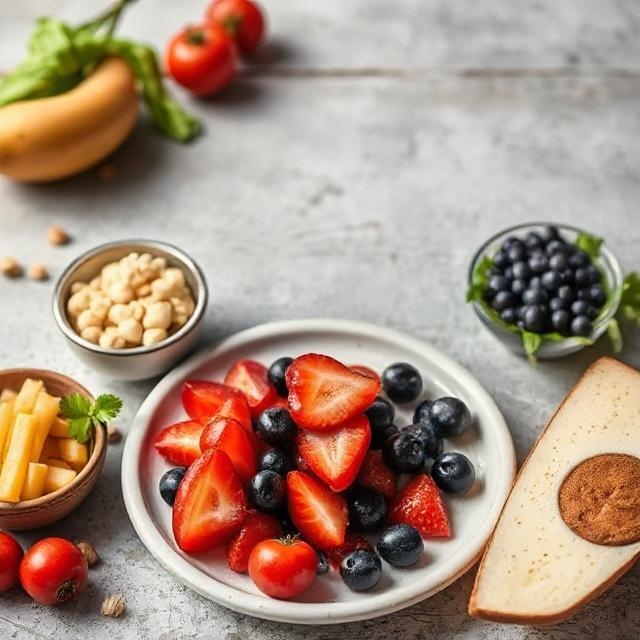Food trends are constantly changing, and 2025 is shaping up to be a year where convenience, health, and flavor meet in new ways. Consumers are more aware of ingredients, nutritional value, and ethical sourcing than ever before. Understanding these trends can help you make smarter choices, whether you’re cooking at home, dining out, or exploring new flavors in your lifestyle.
Some products in 2025, such as miami mint raz vape, are influencing how flavors cross over into different parts of culture, including food pairings, dessert recipes, and beverage infusions. These trends show that flavor exploration is a key factor in modern eating habits.
1. The Changing Consumer
The modern food consumer in 2025 is informed and intentional. People are looking for more than just taste—they want transparency and functionality in the food they consume.
-
Consumers check nutritional labels for calories, sugar, and sodium.
-
Ethical sourcing and sustainability are important factors in brand choice.
-
Convenience without compromising health is a growing priority.
These behaviors influence how companies create and market food products. Clear labeling, honest marketing, and transparency about sourcing have become standard expectations.
2. Flavor Innovation
Flavor remains a driving force in food trends. In 2025, people are exploring bold combinations that balance familiar tastes with new experiences.
-
Infusions of mint, berry, and tropical flavors are increasingly popular.
-
Beverage-inspired tastes, such as lemonade or punch, appear in snacks and desserts.
-
Chefs and brands are experimenting with crossovers between savory and sweet flavors.
Consumers enjoy discovering flavors that provide both nostalgia and novelty. Flavor development has become central to staying competitive in the food market.
3. Convenience Foods
Convenience continues to be a major factor in consumer choices. Ready-to-eat meals, meal kits, and packaged snacks are evolving to meet dietary preferences and lifestyle demands.
-
Pre-packaged foods now include nutritional balance and portion control.
-
Meal kits cater to busy professionals looking for home-cooked meals with minimal prep.
-
Snacks increasingly include functional ingredients, such as protein, fiber, or probiotics.
Convenience doesn’t mean compromising on quality—modern convenience foods prioritize flavor and nutritional value equally.
4. Specialty Shops and Local Influences
Local and specialty shops are influencing how people interact with food in 2025. Many of these spaces focus on unique flavors, artisanal production, and community engagement.
-
Shops like blue dragon vape shop are inspiring flavor experimentation, which influences dessert and beverage trends.
-
Farmers’ markets and small local brands emphasize seasonal and locally sourced ingredients.
-
Specialty retailers offer curated experiences and products that appeal to adventurous consumers.
Consumers are increasingly drawn to food experiences that combine quality, education, and novelty.
5. Health and Nutrition Trends
Health-conscious eating is shaping product development and consumer behavior. People are balancing indulgence with mindful choices.
-
Plant-based alternatives continue to grow in popularity.
-
Functional foods, including probiotics and adaptogens, are featured in both meals and snacks.
-
Portion control and calorie awareness remain key factors in purchasing decisions.
Marketing around these products focuses on factual health information rather than exaggerated claims, giving consumers confidence in their choices.
6. Emerging Flavors and Global Influences
Global influences and innovative flavor pairings are key trends in 2025. Consumers are exploring combinations from different cuisines, integrating both traditional and modern tastes.
-
Tropical fruits, spices, and herbs are appearing in unexpected products.
-
Sweet and savory pairings are becoming mainstream, from snacks to beverages.
-
Flavor-forward trends are inspired by culture, lifestyle, and cross-industry influences like vaping.
For example, products like lost thc pineapple punch show how flavor inspiration from beverages and lifestyle products can inspire food trends, bridging experiences between taste and culture.
In 2025, food trends emphasize transparency, flavor exploration, convenience, and health. Consumers are increasingly informed and intentional about their choices, seeking products that deliver both taste and nutritional value. Influences from lifestyle products, local specialty shops, and global cuisines are reshaping the food landscape. With trends like these, both everyday meals and special treats are becoming more engaging, flavorful, and informed experiences.

